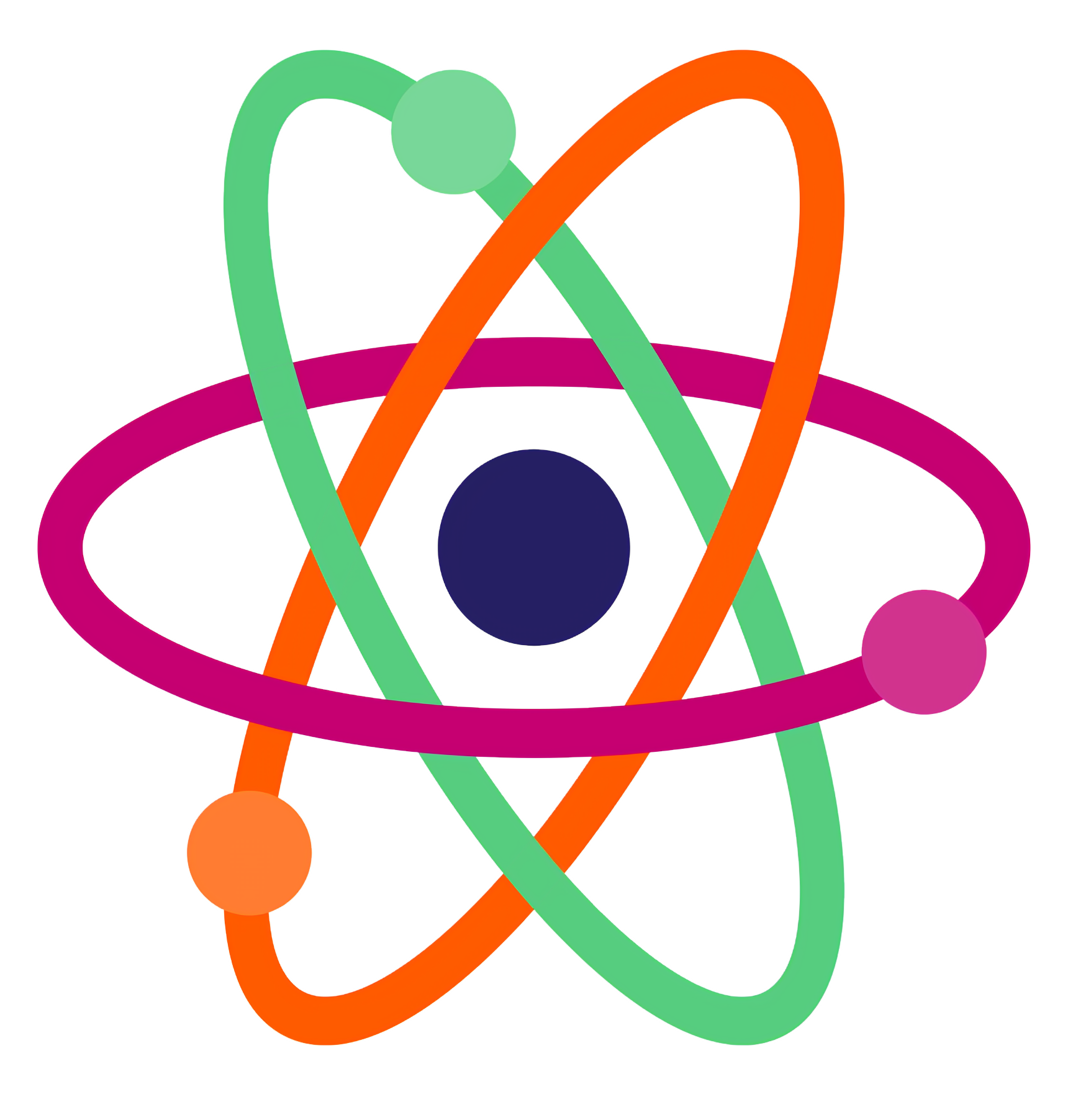The Seven Base Units of Measurements
Hello, students! Today, we’re going to learn about the seven base units, which are like the building blocks for measuring things in science. These units help us understand the world around us, from how long a road is to how heavy a bag of rice is. They are part of the International System of Units, or SI, used all over the world, including in India. Let’s make this simple and fun!
What Are Base Units?
Base units are the standard measurements we use to describe things like length, weight, time, and more. There are exactly seven of them, and each one measures something different. Scientists use these units to make sure everyone is talking about the same thing, whether they’re in India, Japan, or anywhere else!
Let’s meet the seven base units one by one:
1. Metre (m) – For Measuring Length
The metre is used to measure how long or tall something is. For example, your height or the length of your classroom is measured in metres. One metre is about the length of a big step.
Example: If your school playground is 50 metres long, it means it’s 50 big steps!
Fun Fact:
The metre was first based on the size of the Earth, but now it’s defined using the speed of light.
The speed of light is 299,792,458 meters/second.
A light year is the distance light travels in one year. It is 9,460,730,472,580,800 meters.
The nearest star to the Earth is Proxima Centauri, which is 4.24 light years away.
2. Kilogram (kg) – For Measuring Mass
The kilogram measures how heavy something is (its mass). Your school bag or a sack of potatoes is weighed in kilograms. One kilogram is about the weight of a litre of water.
Example: If your bag weighs 5 kilograms, it’s like carrying five bottles of water.
Fun Fact: There’s a special metal cylinder in France called the “International Prototype Kilogram” that used to define the kilogram!
3. Second (s) – For Measuring Time
The second is how we measure time. It’s used for things like how long your class lasts or how fast you can run. A second is very short, like the time it takes to clap once.
Example: If your lunch break is 1800 seconds, that’s 30 minutes (because 60 seconds = 1 minute).
Fun Fact: The second is now defined using super-precise atomic clocks that measure tiny vibrations in atoms.
4. Ampere (A) – For Measuring Electric Current
The ampere measures the flow of electricity, like the current running through a wire to power a fan or light bulb. It’s a bit tricky, but think of it as how strong the “push” of electricity is.
Example: A small light bulb might use about 0.5 amperes of current.
Fun Fact: The ampere is named after a scientist named André-Marie Ampère, who studied electricity.
5. Kelvin (K) – For Measuring Temperature
The kelvin measures temperature, like how hot or cold something is. In India, we often use Celsius (°C) for weather, but scientists use kelvin for experiments. Zero kelvin is the coldest possible temperature, called absolute zero.
Example: Room temperature is about 298 kelvin (which is 25°C).
Fun Fact: Kelvin doesn’t use the “degree” symbol (°), unlike Celsius or Fahrenheit.
6. Mole (mol) – For Measuring Amount of Substance
The mole measures how much of a substance you have, like the number of tiny particles (atoms or molecules) in something. It’s used in chemistry to count particles in things like sugar or water.
Example: One mole of water has a huge number of water molecules—about 602,000,000,000,000,000,000,000 of them!
Fun Fact: The number in a mole is called Avogadro’s number, named after a scientist.
7. Candela (cd) – For Measuring Light Intensity
The candela measures how bright a light is. It tells us about the strength of light coming from a bulb or a candle.
Example: A regular candle gives off about 1 candela of light.
Fun Fact: The word “candela” comes from Latin, meaning “candle.”
Why Are These Units Important?
These seven base units are like the letters of the alphabet for science. By combining them, we can measure almost anything! For example:
Speed is measured in metres per second (m/s).
Area is measured in square metres (m²).
Scientists use these units to share their discoveries with others around the world.
In India, we use these SI units in schools, labs, and even markets (like kilograms for vegetables). They help us be precise and avoid confusion.
Let’s Sum It Up!
The seven base units are:
Metre (m) – Length
Kilogram (kg) – Mass
Second (s) – Time
Ampere (A) – Electric current
Kelvin (K) – Temperature
Mole (mol) – Amount of substance
Candela (cd) – Light intensity
Each unit has a special job, and together, they help us measure and understand the world. Next time you measure your height, weigh your bag, or check the time, you’re using some of these base units!
